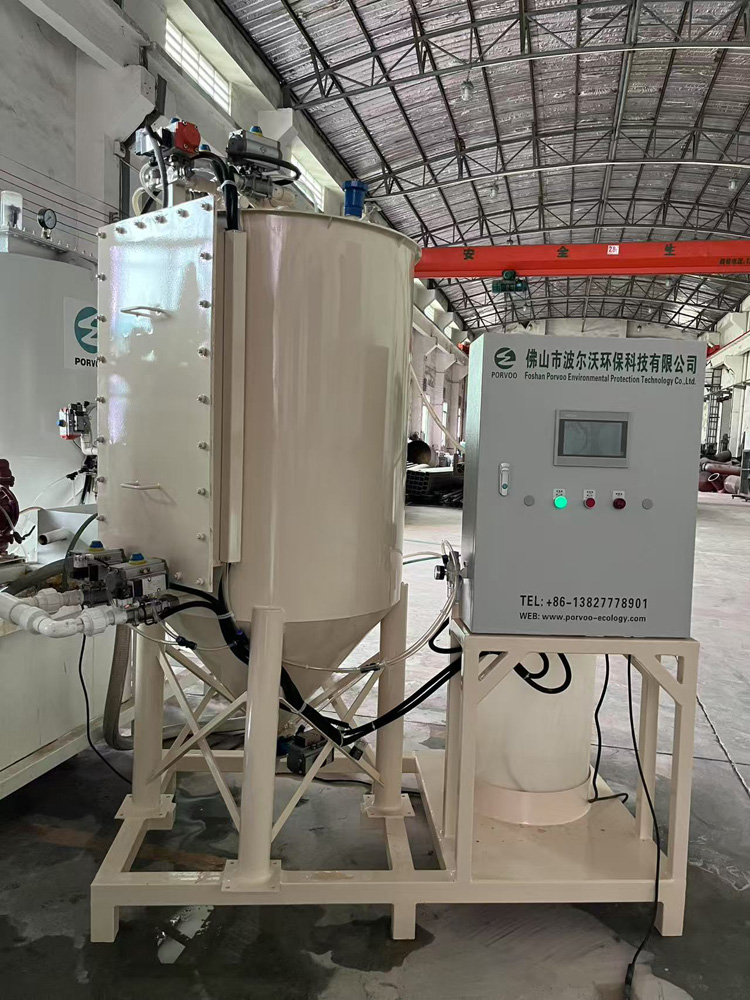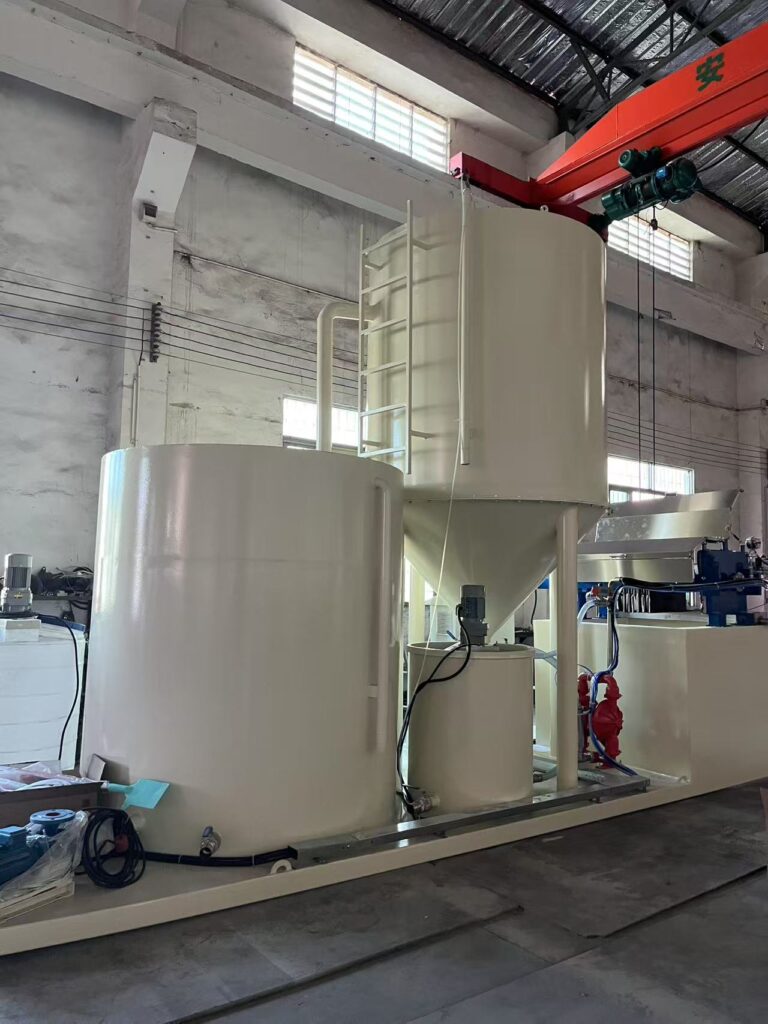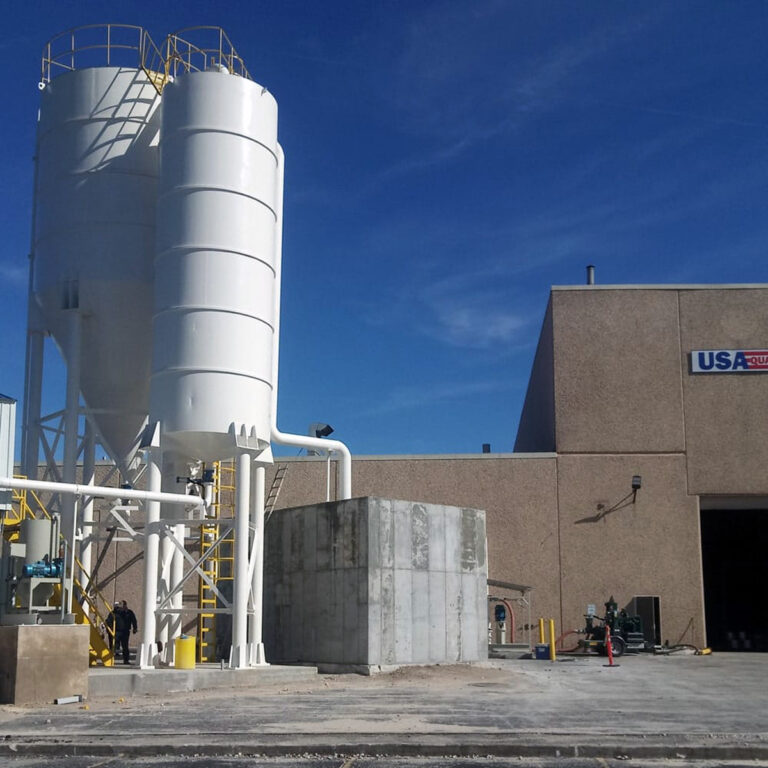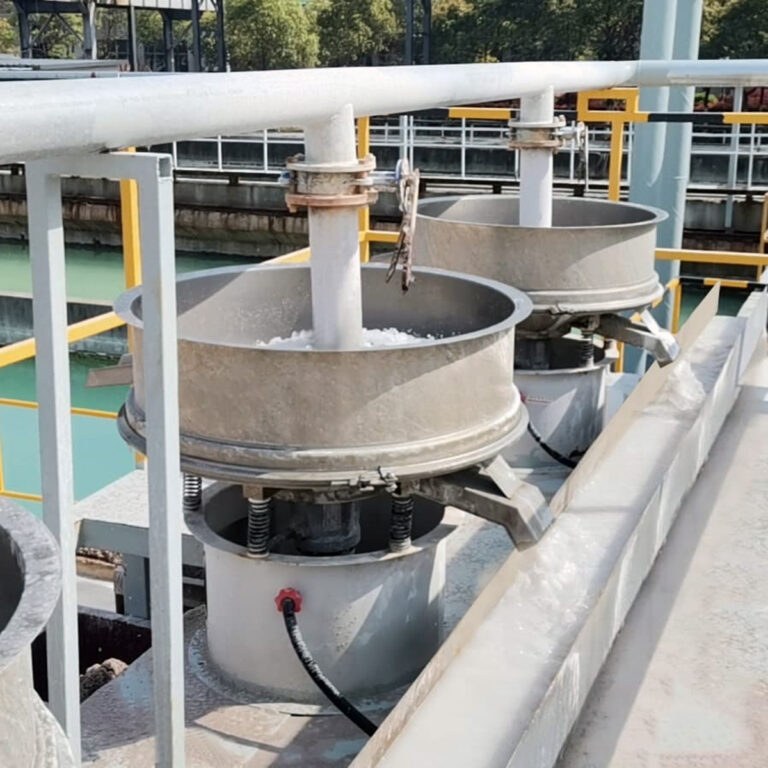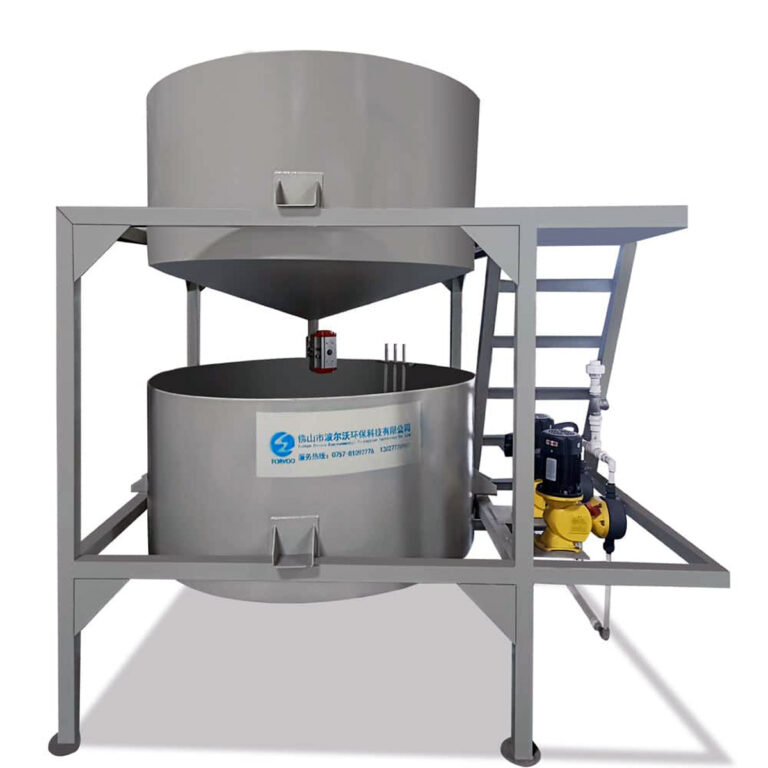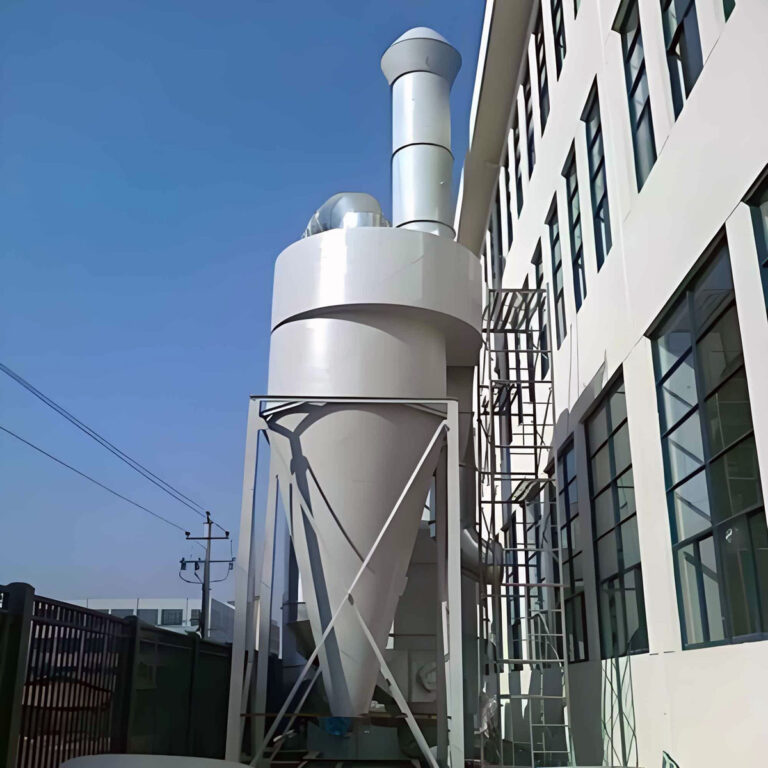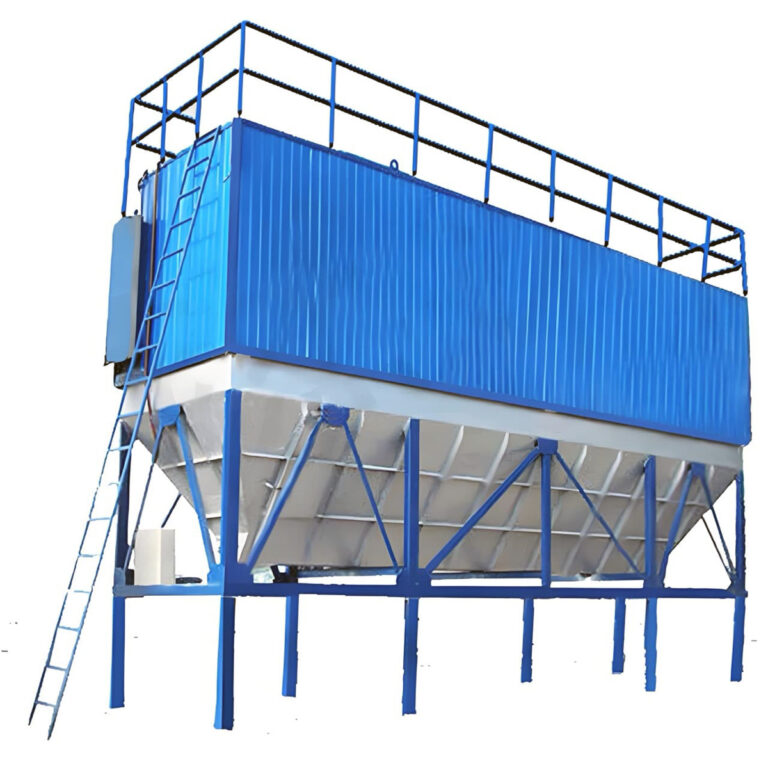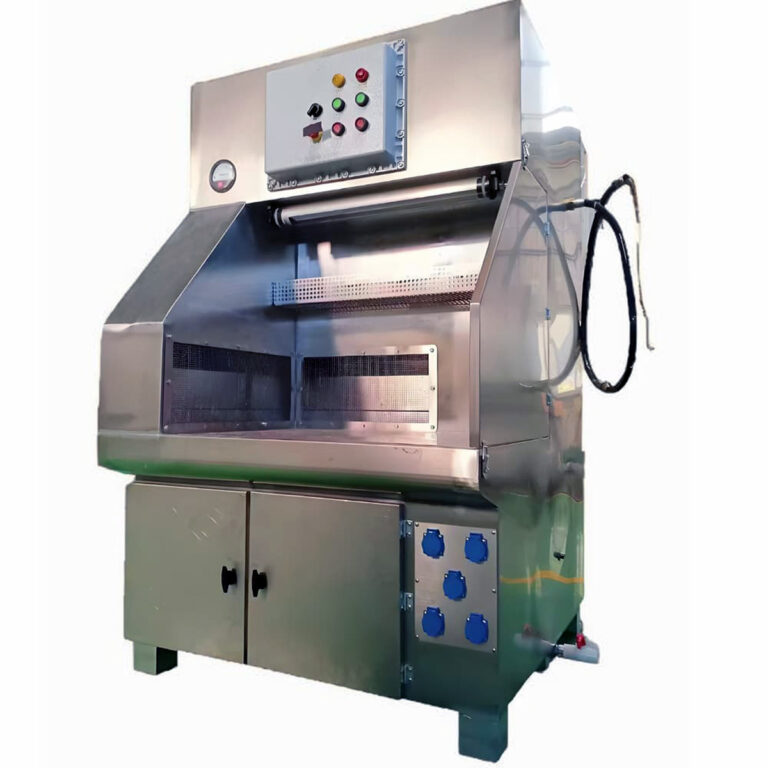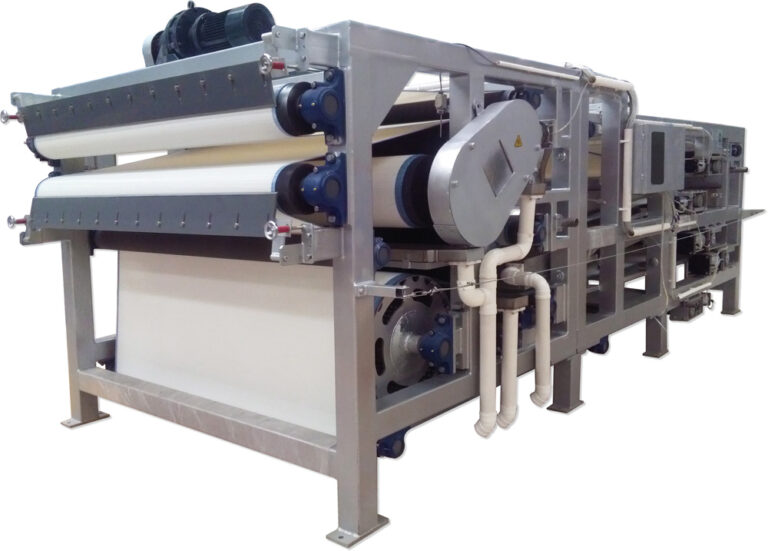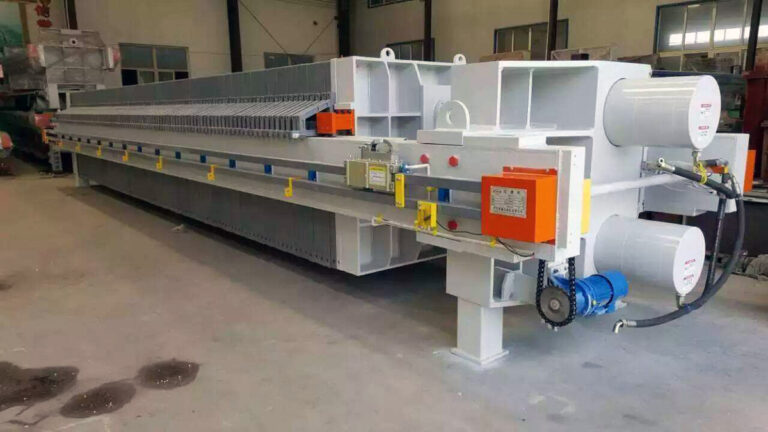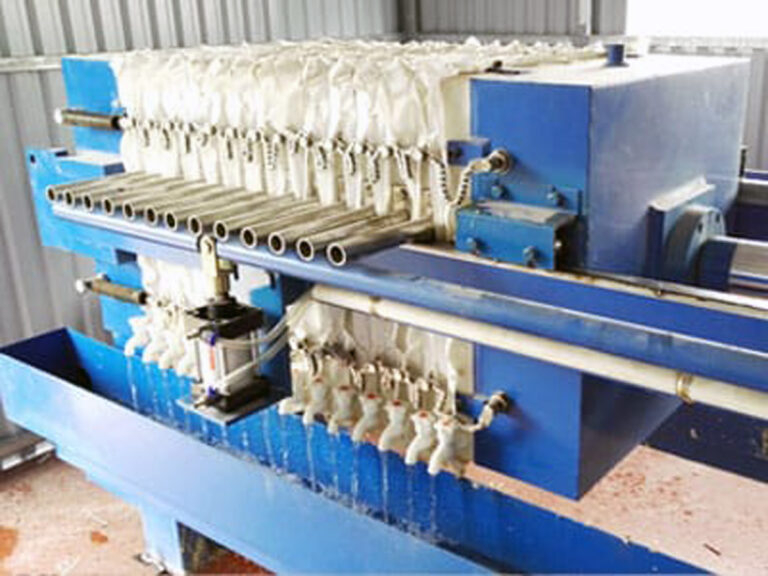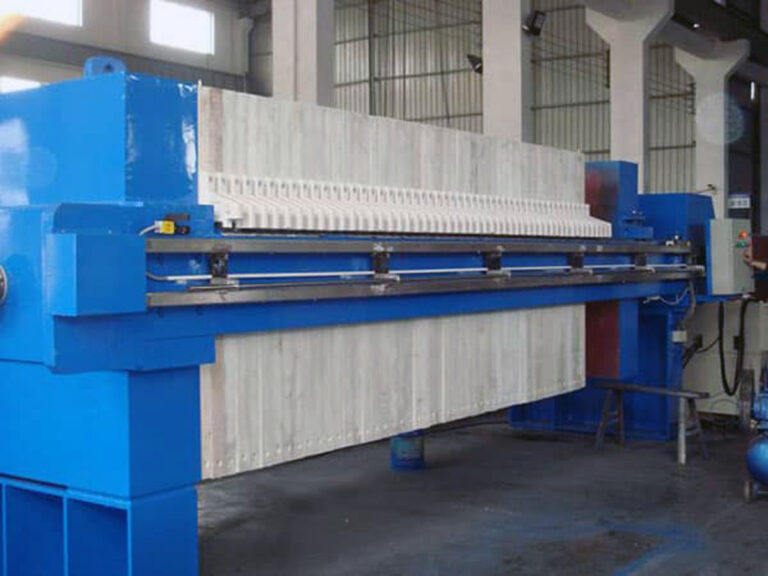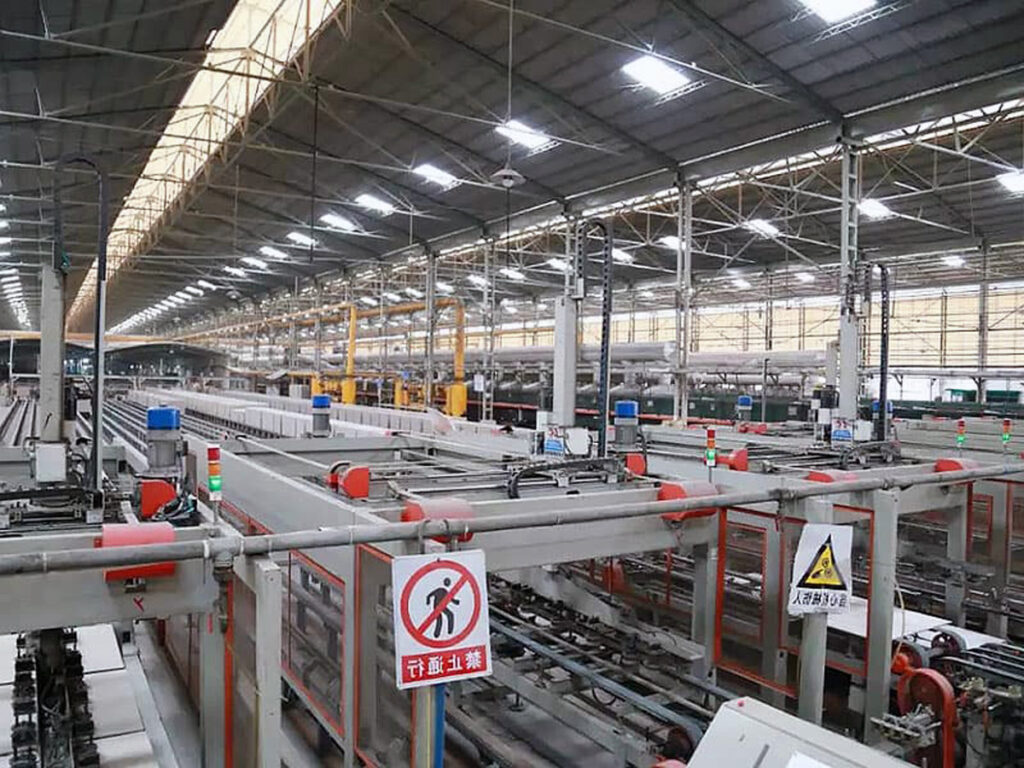Industrial operations face mounting pressure to achieve higher filtration efficiency while managing operational costs and regulatory compliance. Traditional filtration methods often fall short when dealing with complex slurries, variable feed compositions, and demanding throughput requirements. Without proper understanding of filter press specifications, facilities risk investing in equipment that fails to meet their specific operational needs, leading to costly downtime, suboptimal performance, and regulatory violations. This comprehensive guide examines the critical technical specifications, performance metrics, and operational considerations that define industrial filter press capabilities, providing the data-driven insights necessary for informed equipment selection and optimization.
What Are Filter Press Specifications and Why Do They Matter?
Filter press specifications represent the technical parameters that define a system’s operational capabilities, efficiency limits, and performance characteristics. These specifications serve as the foundation for equipment selection, process optimization, and long-term operational planning. Understanding these parameters is crucial because they directly impact filtration efficiency, operational costs, and regulatory compliance.
Core Specification Categories
The primary specification categories include filtration capacity, pressure ratings, cake thickness capabilities, and cycle time parameters. PORVOO‘s industrial filtration systems demonstrate how these specifications translate into real-world performance. Filtration capacity, typically measured in cubic meters per hour, determines throughput potential and directly affects production scheduling. Pressure ratings, ranging from 6 to 25 bar in most industrial applications, influence both filtration speed and cake dryness levels.
Cake thickness specifications, usually between 15-50mm, affect cycle frequency and handling requirements. Modern systems achieve cake moisture levels as low as 15-20%, significantly impacting downstream processing costs. These specifications aren’t arbitrary numbers—they represent the engineering limits that determine whether a system can handle specific applications effectively.
Impact on Operational Performance
Filter press specifications directly correlate with operational efficiency and cost-effectiveness. Higher pressure ratings generally enable faster filtration cycles and drier cakes, but require more robust construction and higher energy consumption. The specification balance affects both capital investment and operational expenses over the equipment’s lifecycle.
| Specification Type | Typical Range | Impact on Operations |
|---|---|---|
| Operating Pressure | 6-25 bar | Filtration speed, cake dryness |
| Filtration Area | 10-2000 m² | Throughput capacity |
| Cake Thickness | 15-50 mm | Cycle frequency, handling |
| Cycle Time | 30-240 minutes | Production scheduling |
How to Evaluate Industrial Filter Press Performance Metrics?
Performance evaluation requires analyzing multiple interconnected metrics that collectively determine system effectiveness. Industrial filter press specs encompass both static design parameters and dynamic operational characteristics that vary with process conditions and maintenance practices.
Filtration Efficiency Metrics
Primary efficiency metrics include filtration rate (m³/h/m²), cake moisture content (%), and solids capture efficiency (%). Industry studies indicate that well-optimized systems achieve solids capture rates exceeding 99.5% while maintaining consistent cake moisture levels. However, these metrics are interdependent—optimizing for maximum filtration rate may compromise cake dryness, requiring careful balance based on downstream processing requirements.
Filtration rate typically decreases throughout the cycle as cake thickness increases, following predictable mathematical relationships. Initial rates of 100-300 L/h/m² are common, dropping to 20-50 L/h/m² as cake formation progresses. Understanding these rate curves enables accurate cycle time prediction and capacity planning.
Energy Consumption and Efficiency
Energy consumption metrics reveal operational cost implications often overlooked during initial equipment selection. Modern filter presses consume 0.5-2.0 kWh per cubic meter of filtrate, with membrane systems at the higher end due to squeeze cycle requirements. However, this additional energy investment typically reduces cake moisture by 3-8%, significantly impacting disposal costs and downstream processing efficiency.
What Technical Specifications Define Membrane Filter Press Capabilities?
Membrane filter press specifications introduce additional complexity through dual-phase filtration and mechanical dewatering capabilities. These systems incorporate flexible membranes that apply additional pressure during the squeeze phase, achieving superior cake dryness compared to conventional plate systems.
Membrane System Parameters
Membrane inflation pressure typically ranges from 8-16 bar, applied after initial cake formation. This secondary pressure phase reduces cake moisture content by 15-30% compared to conventional systems. The membrane material specifications affect both performance and longevity—nitrile rubber membranes offer chemical resistance, while polyurethane provides superior flexibility and cycle life.
Squeeze cycle duration affects final cake moisture but extends overall cycle time. Optimal squeeze times range from 10-30 minutes, depending on cake permeability and moisture targets. Industry experience suggests that advanced membrane systems achieve cake moisture levels below 20% consistently, compared to 25-35% for conventional systems.
Advanced Control Systems
Modern membrane systems incorporate sophisticated control algorithms that optimize squeeze pressure profiles based on real-time cake formation monitoring. These systems adjust pressure ramp rates, hold times, and relief sequences to maximize dewatering efficiency while preventing membrane damage.
Which Plate Filter Press Features Impact Operational Efficiency?
Plate filter press features significantly influence operational efficiency, maintenance requirements, and long-term reliability. Design elements such as plate construction, sealing systems, and discharge mechanisms directly affect both performance and operational costs.
Plate Construction and Materials
Plate construction materials affect both chemical compatibility and mechanical durability. Polypropylene plates offer excellent chemical resistance and lighter weight, while cast iron provides superior mechanical strength for high-pressure applications. Plate thickness specifications, typically 30-80mm, influence structural integrity and heat transfer characteristics.
Plate surface design affects filtration efficiency and cake release characteristics. Pyramidal and ribbed surfaces provide optimal flow distribution and cake support. Surface roughness specifications impact both filtration rate and cake adhesion—smoother surfaces facilitate easier cake discharge but may reduce filtration efficiency.
Sealing and Closure Systems
Sealing system specifications determine both operational reliability and maintenance requirements. Modern systems utilize either hydraulic or mechanical closure mechanisms, each with specific advantages. Hydraulic systems provide precise pressure control and automated operation but require additional maintenance complexity.
| Feature Category | Conventional Design | Advanced Design | Performance Impact |
|---|---|---|---|
| Plate Material | Cast Iron | Polypropylene/Composite | Weight, corrosion resistance |
| Sealing System | Manual | Automated hydraulic | Cycle time, consistency |
| Discharge Method | Manual | Automated shaker | Labor, cycle time |
How Do Filter Press Specifications Affect Different Industries?
Industry-specific requirements significantly influence specification priorities and performance expectations. Mining applications prioritize high-pressure capability and abrasion resistance, while pharmaceutical operations emphasize sanitary design and precise control capabilities.
Mining and Minerals Processing
Mining applications typically require robust construction and high-pressure capabilities to handle abrasive slurries with variable characteristics. Specifications emphasize durability and throughput capacity over precision control. Operating pressures of 15-25 bar are common, with filtration areas ranging from 100-2000 m².
In our experience working with mining operations, cake thickness specifications of 40-50mm optimize cycle efficiency while maintaining acceptable handling characteristics. However, these thick cakes require robust plate construction and powerful hydraulic systems for effective opening and closing cycles.
Chemical and Pharmaceutical Industries
Chemical processing applications demand precise control capabilities and sanitary design features. Filter press technical data for these applications emphasizes contamination prevention, cleaning validation, and process repeatability. Specifications include surface finish requirements, drainage system design, and automation capabilities.
Pharmaceutical applications require additional specifications for FDA compliance, including material certifications, surface finish standards, and cleaning validation protocols. These requirements often increase system complexity and cost but are essential for regulatory compliance.
What Performance Data Should You Analyze Before Purchase?
Comprehensive performance analysis requires examining both manufacturer specifications and independent performance data from similar applications. Critical data points include actual vs. theoretical capacity, energy consumption patterns, and maintenance requirements under various operating conditions.
Real-World Performance Validation
Manufacturer specifications provide baseline capabilities, but real-world performance varies significantly based on application conditions. Slurry characteristics, operating procedures, and maintenance practices all influence actual performance. Industry studies indicate that actual throughput typically ranges from 70-90% of theoretical capacity during normal operations.
Performance validation should include data from multiple operating conditions, including startup, steady-state, and variable feed scenarios. Professional filtration systems provide comprehensive performance documentation that enables accurate capacity planning and operational optimization.
Lifecycle Cost Analysis
Total cost of ownership extends far beyond initial purchase price, encompassing energy consumption, maintenance requirements, and replacement part costs. Energy costs typically represent 20-40% of operational expenses, while maintenance and parts account for another 15-25%.
Performance data should include filter cloth life expectancy, plate replacement schedules, and hydraulic system maintenance requirements. These factors significantly impact operational costs and should be weighted heavily in equipment selection decisions.
How to Optimize Filter Press Operations Based on Technical Specifications?
Operational optimization requires understanding the relationships between specifications, process variables, and performance outcomes. Effective optimization strategies leverage technical specifications to maximize efficiency while minimizing operational costs and maintenance requirements.
Process Parameter Optimization
Filter press optimization involves balancing multiple variables including feed rate, pressure profiles, and cycle timing. Specifications provide the operational limits within which these parameters can be adjusted. For example, maximum pressure ratings determine the feasible pressure ramp rates and hold times.
Cycle optimization typically involves adjusting three key parameters: initial filtration time, squeeze pressure duration, and cake discharge methods. Our analysis of industrial installations shows that proper cycle optimization can improve throughput by 15-25% while reducing energy consumption by 10-20%.
Maintenance Strategy Development
Technical specifications guide maintenance strategy development by identifying critical wear points and service intervals. High-pressure systems require more frequent hydraulic system maintenance, while automated systems need regular control system calibration and sensor verification.
Predictive maintenance strategies leverage specification data to identify optimal service intervals and replacement schedules. Filter cloth replacement based on pressure differential trends, rather than fixed schedules, can extend service life by 20-30% while maintaining performance standards.
Understanding filter press specifications enables informed equipment selection and operational optimization that directly impacts both performance and profitability. The technical parameters discussed here provide the foundation for evaluating system capabilities, comparing alternatives, and developing effective operational strategies. Modern industrial operations require sophisticated filtration solutions that balance efficiency, reliability, and cost-effectiveness—goals achievable only through comprehensive understanding of the specifications that define system capabilities. For facilities considering filtration system upgrades or new installations, thorough analysis of these specifications ensures optimal equipment selection and long-term operational success.
Frequently Asked Questions
Q: What are the main specifications of an industrial filter press?
A: An industrial filter press is defined by several core specifications that ensure efficient solid-liquid separation. Key specifications include filtration area (in square meters), chamber volume, plate size and configuration, operating pressure, and material construction. Plate configuration (recessed, membrane, or plate-and-frame) affects dewatering efficiency and maintenance. Operating pressure—usually ranging from 10 to 30 bar—impacts cake dryness. Material construction options, such as stainless steel or coated plates, are selected for chemical compatibility and wear resistance. Advanced industrial filter press specifications often include automation features and integration with control systems for consistent performance.
Q: What are the most important performance metrics for an industrial filter press?
A: The most critical performance metrics for an industrial filter press are:
- Filtration cycle time: The total time to complete a filtration cycle (typically 30–60 minutes).
- Cake moisture content: The percentage of moisture remaining in the filter cake (often targeted at 20–30%).
- Filtrate clarity: Measured by turbidity or suspended solids content, indicating separation efficiency.
- Throughput: The volume of slurry processed per hour (commonly 1000–2000 liters/hour).
These metrics help operators monitor efficiency, optimize operations, and ensure consistent output quality.
Q: How is the filtration area required for an industrial filter press calculated?
A: The required filtration area for an industrial filter press is calculated using the formula:
[
A = \frac{V \times C}{\rho \times t \times \eta}
]
where (A) is the filtration area, (V) is the feed volume, (C) is the solids concentration, (\rho) is the cake density, (t) is the cycle time, and (\eta) is the efficiency factor. This calculation ensures that the filter press can handle the desired throughput while maintaining optimal process efficiency.
Q: How do you select the right industrial filter press for your application?
A: Selecting the right industrial filter press involves considering several factors:
- Throughput requirements: Determine the volume of slurry to be processed.
- Feed characteristics: Assess the solids content, particle size, and chemical compatibility.
- Cycle time constraints: Identify acceptable filtration, washing, and cake discharge times.
- Plate and chamber design: Choose between recessed, membrane, or plate-and-frame plates based on dewatering needs.
- Material construction: Select materials (e.g., stainless steel, polypropylene) based on chemical resistance and durability needs.
These considerations ensure the industrial filter press specifications and performance metrics align with your process requirements.
Q: What impact does operating pressure have on industrial filter press performance metrics?
A: Operating pressure is a vital factor influencing industrial filter press performance metrics. Higher pressure improves cake dryness by reducing residual moisture content, but it also increases wear on components and energy consumption. Maintaining pressure within the manufacturer’s recommended range is essential for both process efficiency and equipment longevity. Over-pressurizing can lead to plate wear or failure, while insufficient pressure may result in cakes that are too wet or slow filtration rates.
Q: What are the key design and maintenance considerations for reliable industrial filter press operation?
A: Reliable operation of an industrial filter press depends on thoughtful design and maintenance choices:
- Automation level: Automated controls reduce labor and improve consistency.
- Hydraulic system: Ensure hydraulic specifications match cycle frequency and pressure demands.
- Plate and frame material: Select materials resistant to chemical attack and abrasion.
- Maintenance: Regular inspection and replacement of filter cloths, seals, and plates prevent downtime and maintain performance.
- Integrations: Proper integration with control systems and utilities ensures smooth operation.
These considerations help maintain optimal industrial filter press specifications and performance metrics over time.
External Resources
- Filter Press Performance Monitoring: Key Metrics – porvoo – Explores key performance indicators for industrial filter presses such as filtration cycle time, cake moisture content, filtrate clarity, and throughput, with target values and descriptions for each metric.
- How to size a filter press for industrial applications – Roxia – Provides detailed specifications and calculation methods for determining filter press capacity, filtration area, cycle time, and essential design considerations for industrial environments.
- Fully automated Filter Presses – Putsch USA (PDF) – Presents technical specifications for industrial filter presses, including plate sizes, chamber depths, filter area, press volume, number of chambers, and operating pressures.
- J-PRESS® SIDEBAR FILTER PRESS – Integral Process Equipment (PDF) – Offers an overview of engineered performance features and specifications for J-Press sidebar filter presses, covering hydraulic systems, expandability, and automation options.
- OPTIMIZE EFFICIENCY AND MAXIMIZE YOUR PROFIT – ANDRITZ (PDF) – Focuses on monitoring and optimizing filter press efficiency using sensors and control systems, detailing approaches to improve cycle times and overall performance.
- Filter Presses: Operation, Maintenance, and Specification – Filtration + Separation – Discusses industrial filter press specifications, operational parameters, key performance indicators, and best practices for maintenance and optimization.
